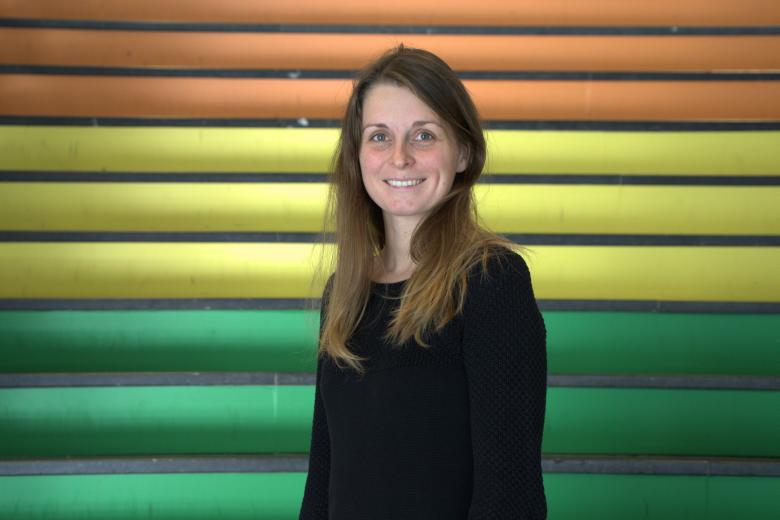Food garden as living lab
Something special will be growing soon at Brightlands Campus Greenport Venlo: a “food forest light.” This compact food garden will give students from various programmes the opportunity to collaborate, experiment and learn about sustainable food production, biodiversity and the power of natural ecosystems.
A food forest is an ecosystem that people design to look like a natural forest, but is full of edible plants, bushes and trees. It consists of multiple layers—from tall trees to ground cover—in which everything works together just like it does in nature. These layers include fruit trees, nut trees, berry bushes, herbs and edible flowers.
Professor Pim Martens, expert on Planetary Health at the System Earth Science research institute and dean of University College Venlo, is the initiator of this new green project. He has been fascinated by this agricultural form for years. “Food forests provide answers to several major challenges such as climate change, biodiversity loss, soil depletion and alienation from nature. They are also places of hope, recovery and connection: both between people and nature as well as between people themselves.”
Trial-and-error
Martens manages his own food forest in Cadier en Keer where he studies how these natural systems can be optimally designed and managed to generate the maximum yield. “The oldest food forest in the Netherlands is only 15 years old,” he says. “A lot is still being done on a trial-and-error basis. Scientific insights can help us accelerate development and make it more effective.”
Pim believes food forests offer major benefits. “Food forests show us how agriculture, nature and society can go hand in hand. They attract all sorts of insects, birds and other animals, store CO₂, retain water and are more resistant to drought or torrential rain. Everything grows in balance there without fertilisers, crop protection or intensive tillage. It’s a sustainable way to grow food crops and an ideal place for nature education, community projects and community building.”
Light variant
Because a complete food forest demands a lot of space and time, Pim is opting for a more accessible variant at Brightlands in Venlo: a “food forest light,” or food garden. “We are creating this food garden on two plots which, together, amount to 750 m². It incorporates the principles of a food forest such as edible species, a multilayered character and ecological balance, but on a smaller scale that is easier to maintain. The campus grounds are so green that it fits in perfectly.”
In his view, this light version is a great fit for the campus’ mission which focuses on health, nutrition, sustainability and innovation. “We can showcase new forms of sustainable food production here, experiment with edible plants and inspire students and visitors through workshops and tours. This food garden brings together science and practical aspects and this is exactly what Brightlands represents. Another important advantage is that this food garden enables us to contribute to biodiversity at the campus itself,” Martens says.
He expects study programmes such as those at HAS green academy, Yuverta and Zuyd University of Applied Sciences to actively participate. “We are also thinking of setting up a contest among teams of students to see who can build the most beautiful, climate-proof and healthy garden. The idea is for the students to do the maintenance themselves. The harvest will go to anyone who needs it.”
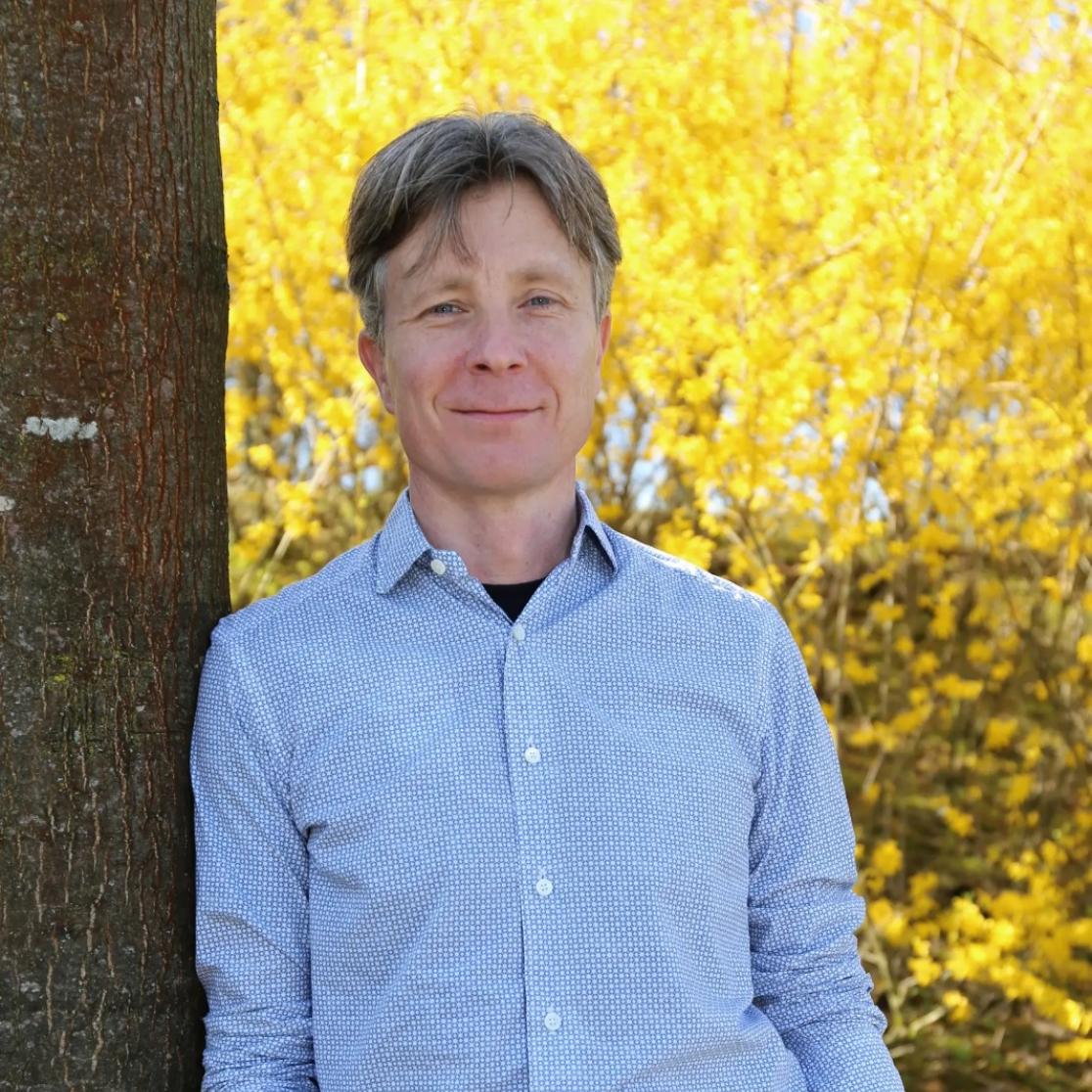
Living lab
The food garden will be not only an inspiring place to walk around but will also be a living laboratory. According to Pim, research into food forests and biodiversity is necessary. “Farmers and growers must increasingly take nature into account, if only to enable them to face up to climate change. Knowledge about cultivation techniques that promote biodiversity is essential in this regard, and much of this knowledge may be found in food forests. This is what makes this project such a great fit for the Faculty of Science and Engineering - Campus Venlo where fields like sustainability, nutrition, health, technology and behavioral change all come together.”
Experimentation
At the new campus food garden, students can experiment with combinations of edible species, study soil health and test innovative technologies such as sensors for precision agriculture. They will also be able to research aspects of behavioral change: how do you choose healthy nutrition and stimulate nature-friendly behavior?
Pim believes Brightlands offers fertile ground for this. “We have the know-how here, from soil science and plant breeding to consumer behavior and technology development. Companies at the campus can also benefit from the new food garden. They can test new products here such as edible crops or soil improvers. Everyone with ideas for us to try out is welcome.”
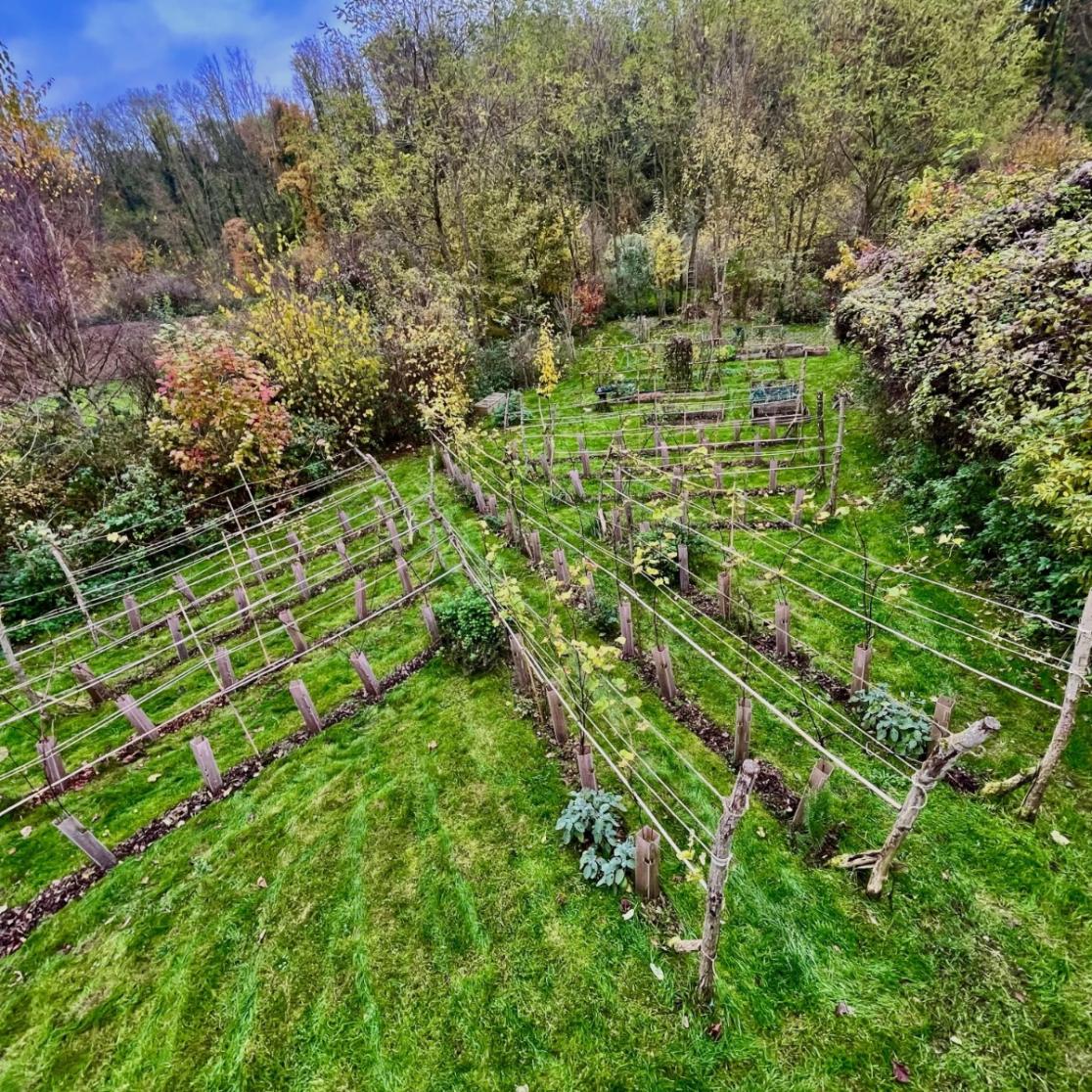
Healthy ecosystem
For Pim, building a food garden is more than just a research project: it’s a personal mission. “My decision to start my own food forest was born of a dissatisfaction with the current agricultural system and a belief that there was room for improvement. There is enormous satisfaction in working with your hands in the soil to create a healthy ecosystem that also produces delicious food. Being able to show how much is possible is such a great feeling.” The most important lesson he learned from having his own food forest was to give it time. “We tend to want to see fast results but nature refuses to be rushed. It takes time and dedication.”
Pim hopes the new food garden at Brightlands in Venlo will inspire others. “I want to show people what is possible when you work with nature. I hope that students, researchers and visitors will not only learn about food forests but also experience how delicious and hopeful a green future can taste.”
Source: Brightlands newsletter
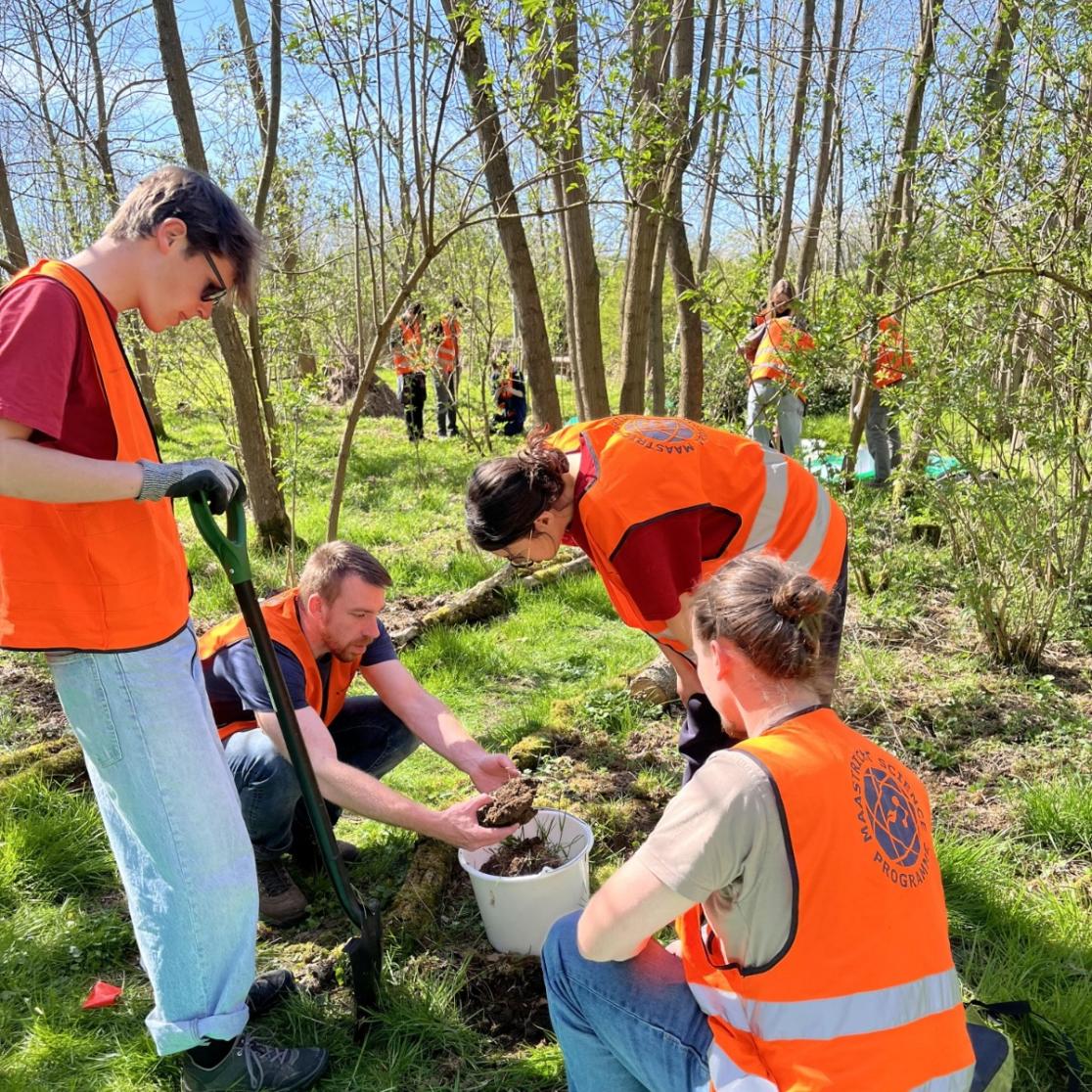
Also read
-
Andrés Caceres Solari on No room for Human Rights in Gaza and Ukraine: How the Law Legitimizes Urban Devastation
Pick Our Brains Session with Andres Caceres Solari
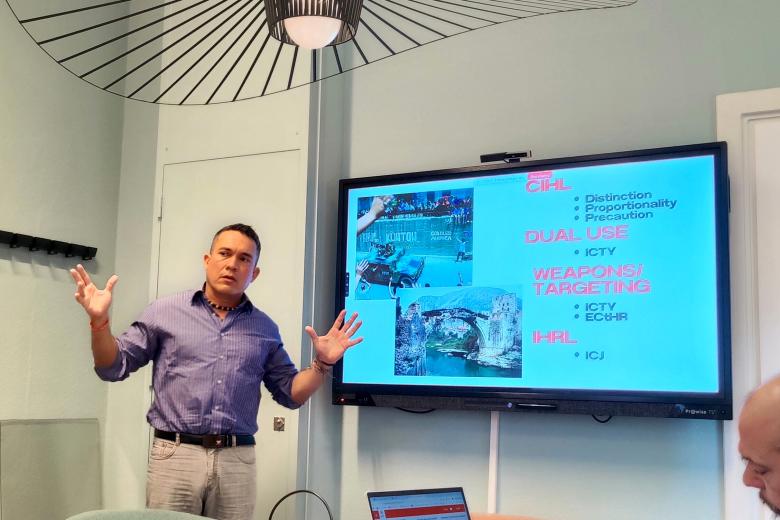
-
AMIBM hosts the final Realise-Bio conference
The Aachen Maastricht Institute of Biobased Materials (AMIBM) hosted last week the third and final Realise-Bio annual conference, bringing together the Dutch and German bioeconomy ecosystems at the Brightlands Chemelot Campus.
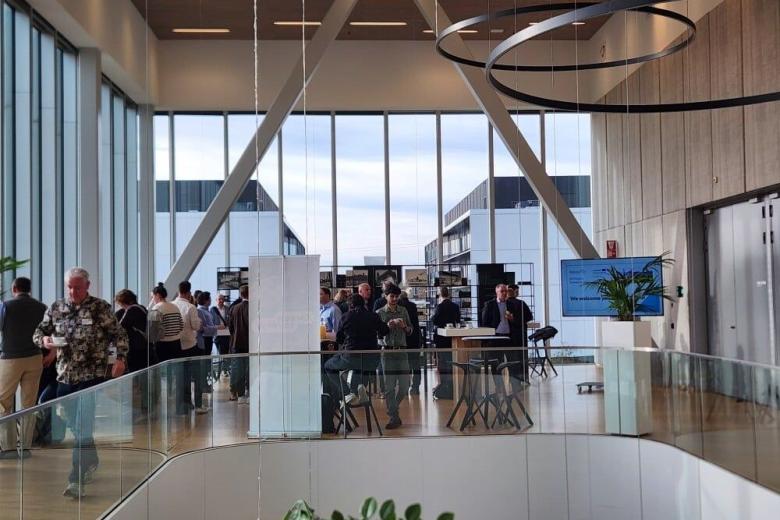
-
Macrophages as key to treating liver fibrosis
Sabine Daemen is researching how certain macrophages can slow down fatty liver disease and fibrosis in order to develop new therapies.
